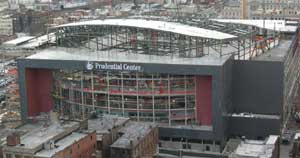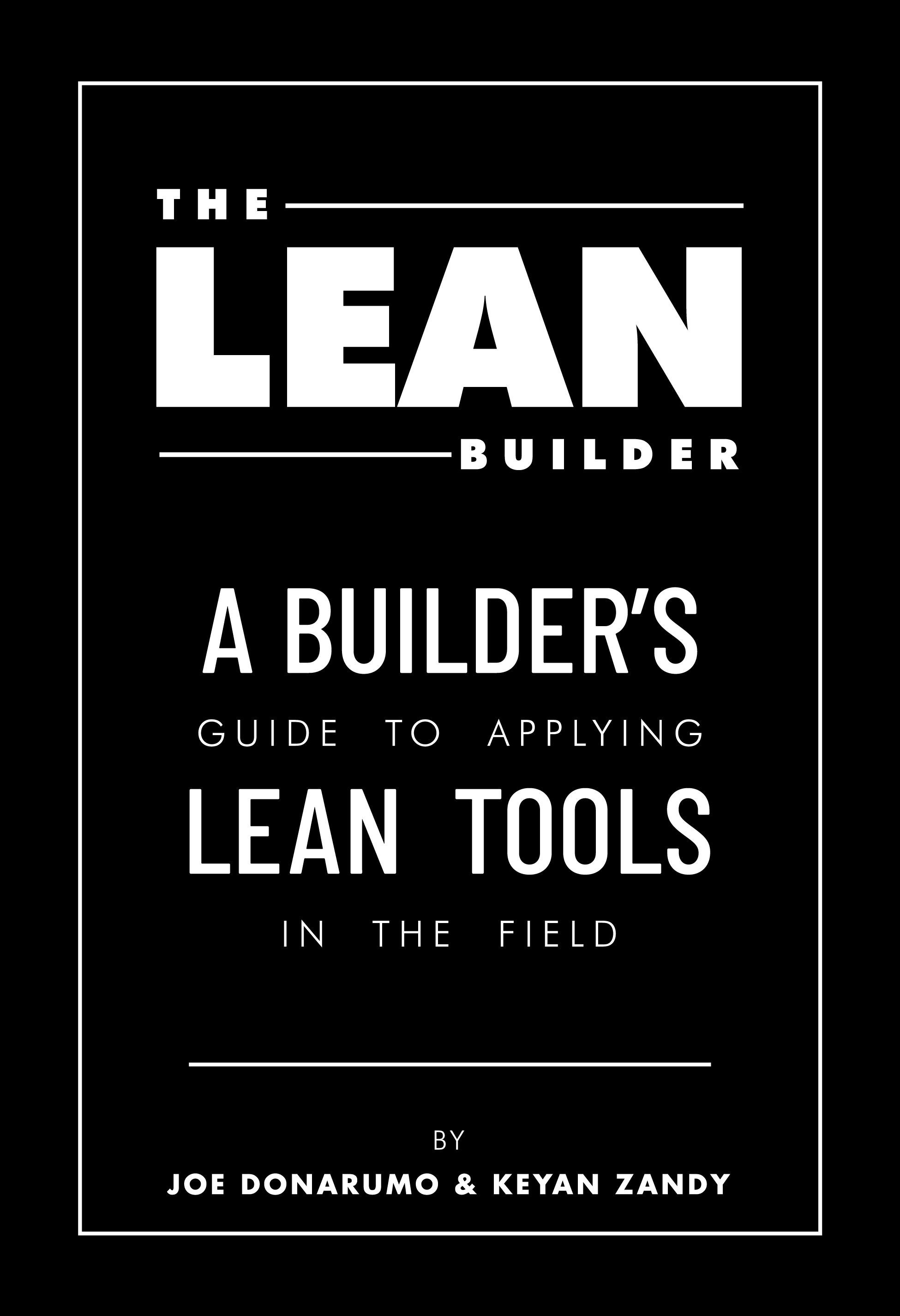Past failures eventually helped the baseball stadiums come about, adds DeMause, who in 1998 co-authored “Field of Schemes: How the Great Stadium Swindle Turns Public Money into Private Profit.” He says an ill-fated effort championed by Giuliani to move the Yankees to Manhattan in the mid-1990s made it easier for plans to take shape on the current stadium projects, particularly because the earlier bid called for public investment in the stadiums, while today’s plans call for public money for infrastructure around them.

“[Yankees president] Randy Levine and the Yankees were working behind the scenes on this deal since 2001, which is to a large degree why they were able to avoid the public controversy that killed the Jets stadium,” DeMause says.
Yankee team officials refused to grant interviews.
Mets officials say their plans were delayed by the Sept. 11 terrorist attacks.
“I think we would have started [a new stadium] five, six years ago, if not for Sept. 11,” says Fred Wilpon, the Mets COO. “But understandably, we were way down Mayor Giuliani’s list of priorities after everything happened. We realized the city had to recover.”
Once the team got a call from the city in 2005, both sides were ready to go.
At around that time, Newark officials were negotiating with the Devils on the new downtown arena, and Forest City Ratner announced its plans to build the Brooklyn arena. And while the Jets stadium plan died, talks that the Giants were having with New Jersey officials soon expanded to include the Jets in what will be the NFL’s first facility built specifically to be home for two franchises.
“To some extent, it’s a function of good economic times and changes in stadium financing, and, in part, it’s a result of the region having unacceptably old facilities,” Doctoroff says.
There is also an element of one big project opening opportunities for others, says Thomas Scarangello, managing principal of Thornton Tomasetti, a structural engineer working for the Yankees, Giants-Jets, Devils, and Nets projects.
“We have seen this phenomenon before in cities – such as Pittsburgh, Chicago, Nashville, Detroit, Denver, and Kansas City – where one team gets their deal done [and] the dominoes fall,” he says. “What is unique about the New York metro projects is their scale and cost, the rapid succession of the new facility openings, and the high visibility and heritage of the venues being replaced.”
Another vein courses through most of the regional projects – a changed thinking about the role of arenas and stadiums. While existing sports facilities in the region are largely unconnected to nearby neighborhoods, all of the facilities currently under construction are considered the focal elements of larger, multiuse developments meant to spur revitalization.
“Stadiums give the communities an identity, but we’re building around the identity,” Doctoroff says. “We’re of the mind that a stadium itself should not be the end result. It should be part of something bigger. And I think that’s what you’re seeing here and [in New Jersey].”
To that end, Newark’s 18,000-seat arena will have retail, dining, and residential elements that city officials hope will bolster a downtown redevelopment.
While the new Yankee Stadium for 53,000 fans is being built across the street from the old venue, city officials have described it as the “anchor” of a planned revitalization of the South Bronx. And officials call the new Citi Field part of a broader redevelopment of Flushing in Queens.
Meanwhile, the arena is the centerpiece of the Atlantic Yards development in Brooklyn that will have residential, commercial, and retail. The 25,000-seat Red Bull Park in Harrison is the hub of its own $1 billion mixed-use development.
Even the new 82,000-seat stadium for the Giants and Jets is intended to link with Xanadu, a $2.3 billion entertainment and retail development under construction at the Meadowlands complex.
Two More Arenas Wait in the Wings
The region’s arena roster may still expand if New York City and Nassau County – and a few developers – have it their way.
The first plan is tied to a major redevelopment of the James A. Farley U.S. Post Office in Manhattan, an $880 million project that was set to start last year, creating the new Daniel Patrick Moynihan Station just west of Pennsylvania Station. But the plans stalled because of the possibility that the New York-based development team of the Related Cos. and Vornado Realty Trust could add another big-name tenant – a new Madison Square Garden within Farley’s footprint.
Were the plan to succeed, the NBA’s Knicks, NHL’s Rangers, and WNBA’s Liberty would move across Eighth Avenue from where the current Garden stands above Penn Station. The city and developers would be able to build nearly 5 million sq ft of office space in its place.
Although no plans have been formally submitted and no cost estimates announced publicly, Bloomberg’s administration is on board.

